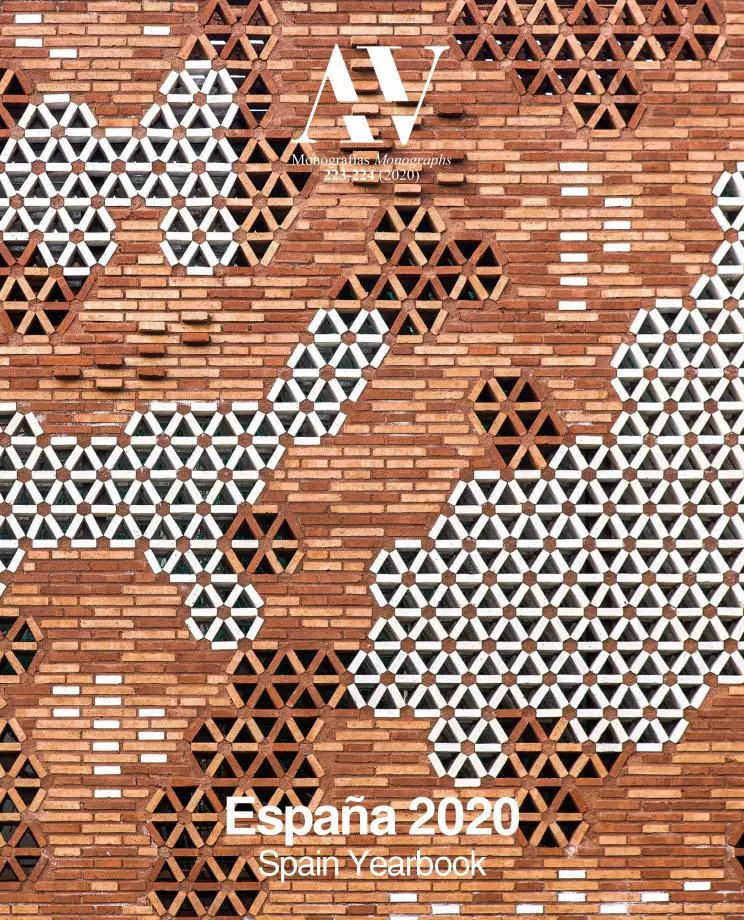
1917-2019
Ieoh Ming Pei, Pritzker Prize 1983 and one of the most important architects of the second half of the 20th century, passed away on 16 May. He was 102 years old. Born into an aristocratic family of Canton, and raised in Hong Kong and Shanghai, Pei migrated to the United States in 1935 to study at the Illinois Institute of Technology, and then went to Harvard’s GSD, where he coincided with professors like Walter Gropius and Marcel Breuer. These contacts certified Pei’s commitment with modernity, and were the basis for a meteoric carrer that took off during Pei’s time working with the real estate mogul William Zeckendorf. A career that continued with the foundation in 1955 of his own studio (from 1989 on, Pei Cobb Freed & Partners), which completed an impressive list of buildings that includes the Hancock Tower in Boston, the Bank of China in Hong Kong, the National Gallery of Art in Washington, the Museum of Islamic Art in Doha, and the famed Louvre Pyramid. All of them are examples of the refined modern eclecticism of the master, skillful as few others in the composition and in the detail, mindful of context and always aware of the symbolic power of architecture.





